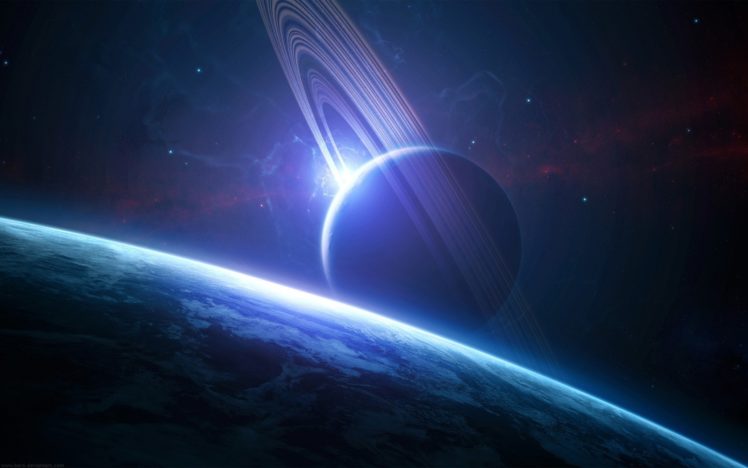The Winter Solstice and Great Conjunction Both on the Same Day, 21 December— How to watch?
The Winter Solstice and Great Conjunction: Saturn and Jupiter will be so close to the horizon on Monday, Dec. 21, based on the atmosphere, that it will be impossible to see them as two different objects.

Two cosmic phenomena are likely to entertain us as the U.S. goes into winter months, and give us an opportunity to go outside to gaze up at deep space with wonder.
The winter solstice, where the sun appears in the Northern Hemisphere at its lowest point in the atmosphere, will also arise when it appears to be centered over the Tropic of Capricorn at its farthest southern point above Earth.
The winter solstice is the shortest day for many in the Northern Hemisphere, as Dr. William Teets, the curator of the Dyer Observatory at Vanderbilt University, told the Associated Press, but strangely enough, it’s not the day with the latest sunrise and earliest sunset (which actually happens two weeks before and two weeks after the winter solstice).
What we will witness will be caused by the changing distance of the Earth from the sun, which is caused by the elliptical, not spherical, orbit of our world, which therefore affects velocity.
The sun is not in the same position in the sky all the time. In summer it is higher and in winter it is smaller.
The Stonehenge Sunset #WinterSolstice live video stream is now live!
The Great Conjunction
We may experience a phenomena known as ‘the great conjunction’ on Monday Dec. 21. As Saturn and Jupiter have continued to appear close together throughout the atmosphere over the year, the two planets will appear so close on Monday Dec. 21 that it will be impossible for some not to see them as one entity in the sky, Dr. Teets told the AP.
Dancing across the night sky, Jupiter and Saturn will make their showstopping move on Dec. 21 when they align to form what's known as the "Great Conjunction." Here's how you can watch: https://t.co/VoNAbNAMXY
— NASA (@NASA) December 16, 2020
📸 : @NASAHQphoto pic.twitter.com/LLqLfujIlD
How to Watch The Great Conjunction
You should be willing, depending on the atmosphere, to see the two planets in the sky with your own eyes. But, experts say, be able to head outside and look up right at dusk because the planets are going to set right after sunset.
On Monday night, the Dyer Observatory will broadcast a live view of the case in the atmosphere from one of their telescopes and will answer questions. Again, of course, all this would depend on the temperature, causing the planets to be apparent through the atmosphere.
You should be able to quickly see both planets in the atmosphere at dusk with a pair of binoculars, or a small telescope, if you have one, according to scientists. This alignment is going to be such a remarkable thing that on Dec. 21 you can find it virtually impossible to see all planets independently.
A great conjunction existed in 2000, but the two planets were only separated by about two complete widths of the Earth, so you could discern the two in the atmosphere.
